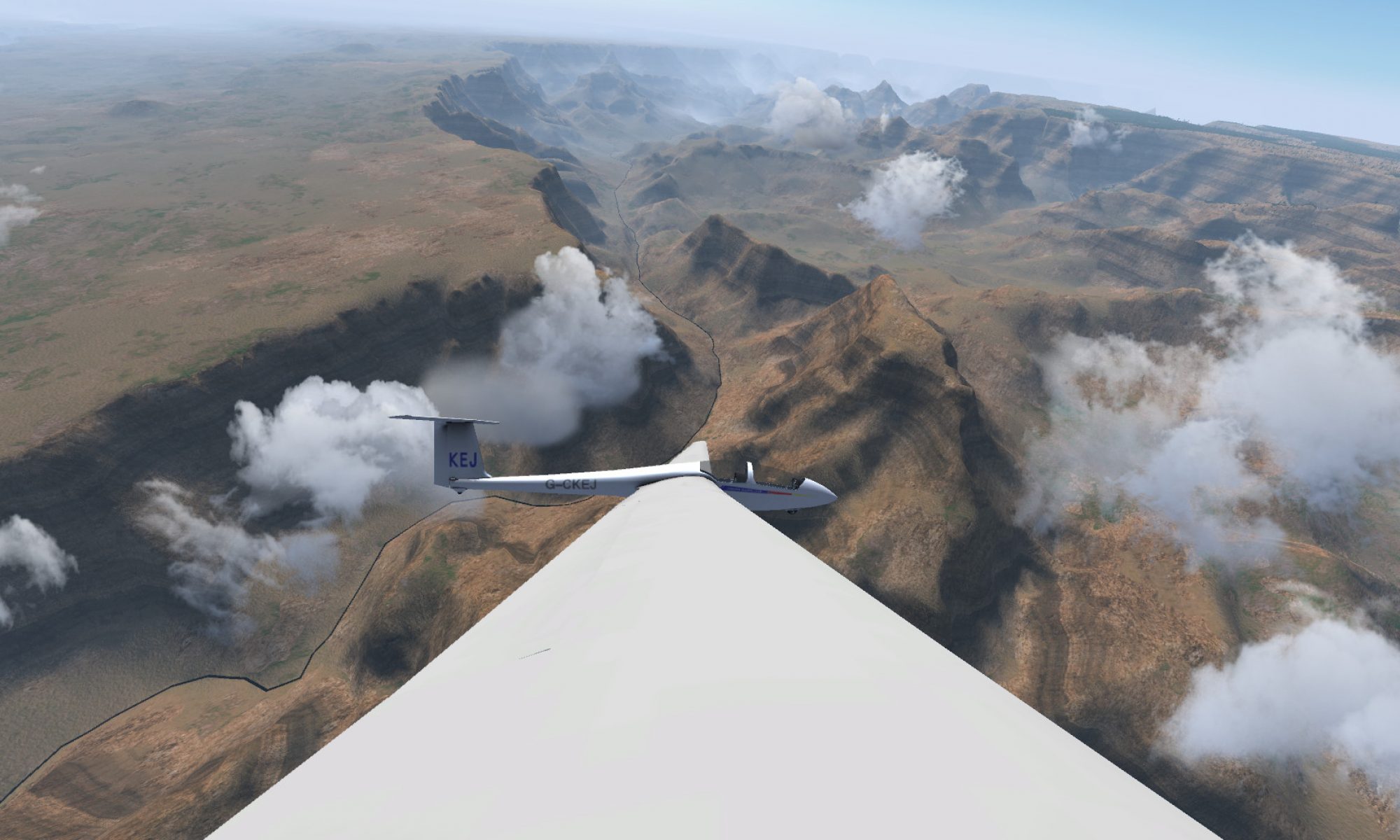The FlightGear development team is delighted to announce the v3.2 release of FlightGear, the free, open-source flight simulator. This new version contains many exciting new features, enhancements and bugfixes. Highlights in this release include an experimental aircraft manager allowing users to download and load aircraft in-sim, a very capable built-in HTTP server, built-in voice synthesizer for ATIS messages, and many improvements to the Canvas rendering framework.
Founded in 1997, FlightGear is developed by a worldwide group of volunteers, brought together by a shared ambition to create the most realistic flight simulator possible that is free to use, modify and distribute. FlightGear is used all over the world by desktop flight simulator enthusiasts, for research in universities and for interactive exhibits in museums.
FlightGear features more than 400 aircraft, a worldwide scenery database, a multi-player environment, detailed sky modelling, a flexible and open aircraft modelling system, varied networking options, multiple display support, a powerful scripting language and an open architecture. Best of all, being open-source, the simulator is owned by the community and everyone is encouraged to contribute.
Download FlightGear v3.2 for free from FlightGear.org.
FlightGear – Fly Free!
Major enhancements in this release
Aircraft Modeling
- A Failure Management Framework for FlightGear has been added
- The JSBSim flight dynamics model now has support for ground effects like bumpiness, solid-ground detection and adjusting of friction factors. Additionally, bogey type contact points sink in non-solid surfaces, making it no longer possible to ride on water.
- YASim now has versioning support. The YASim FDM now checks a version tag in it’s configuration file to allow improvements to the YASim FDM without risking breaking older aircraft.
- Additional aircraft have started adopting the Canvas navigation display that was introduced with FlightGear 3.0.
Graphics
- Improved rendering of VASI, PAPI, runway and taxiway lights.
- Orbital rendering using textures from the NASA Visible Earth project
- Additions to the Atmospheric Light Scattering (ALS) rendering include:
- an experimental framework to render cloud shadows on the ground (requires Advanced Weather)
- a substantial extension of cloud layer visibility using impostor techniques to 150 km
- a new agriculture effect allowing to render fields without tiling artifacts
- a new forest effect to simulate managed forest, varying tree size by patch
- sparkle and fog effect on runway lights
- much improved visual appearance of rock faces
Usability
- An experimental aircraft package manager allows the download of new aircraft, and changing the current aircraft in-sim.
- A new internal web server (aka httpd) based on mongoose httpd has been added. It supports various AJAX requests, a screenshot server, a property tree browser, and a web-based moving map and much more.
- The integrated Map dialog now uses an azimuthal equidistant projection, for better representation in polar regions and across the International Date Line.
- Windows users are now able to use the scroll wheel in dialog lists
Canvas System
Improvements to Canvas, FlightGear’s scriptable 2D rendering system include
- Better performance
- MapStructure-based layers can now be customized and styled
- Support for mouse button and modifiers
- CanvasImage now supports the http:// protocol for dynamically retrieving raster images.
- An experimental Map dialog using Canvas is available under the Equipment menu.
- Canvas Layout Engine
Nasal Scripting
- A new fully-interactive Nasal GUI console based on Canvas has been added: Interactive Nasal Console
- the hard-coded flight path history subsystem which samples aircraft position is now exposed via Nasal.
Documentation
- Nasal documentation is now included,
Highlighted new and improved aircraft
- Boeing 757-200: Improved autopilot and additional systems, like hydraulics and pneumatic. The aircraft comes with two engine options.
- Cessna 337G Skymaster: Tuned autopilot and improved instrument stack.
- Mainair Flash 2 Alpha: Simulated weightshift-control and new wing model.
- North American P-51D: All new highly accurate external model based on factory blueprints.
- Tupolev Tu-154B2: version 3.1
Other
- A text-to-speech system based on flite+hts_engine has been implemented, which is used for ATIS and other messages.
- Improved loading behaviour for AI/MP aircraft
Bug fixes
- A serious bug was found late in the release causing large numbers of crashes. Fixing this delayed he release, but had a nice side-effect of improving performance on some systems that were previously CPU-limited.
- See our bugtracker for an extensive, yet incomplete, list of the bugs fixed in this release.
